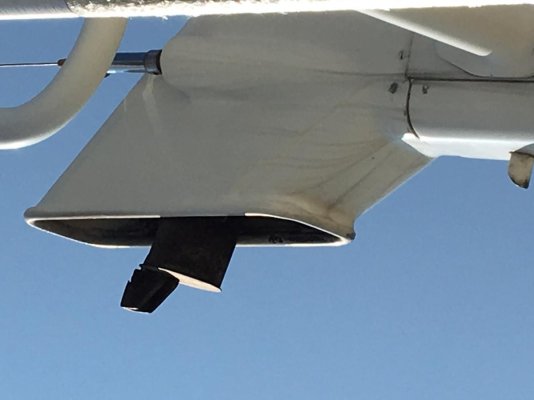ddw36
Senior Member
- Joined
- Feb 28, 2019
- Messages
- 134
- Location
- USA
- Vessel Name
- HI-HO
- Vessel Make
- Diesel Duck 462 (my fantasy)
After looking at numerous listings for trawlers of 42 or so feet, I notice the specs do not indicate whether the exhaust system is wet or dry. My preference, after reading up on the subject, is a wet system. I know I could contact the broker/seller re: this, but having to call numerous parties on this one item is a pain.
For me, a boat would have to be desirable in every other respect for me to accept it with a dry exhaust. IOW, it's a deal breaker for me. So, why is this feature not listed in the specs on used boats? I am not asking the merits of dry vs wet systems.
For me, a boat would have to be desirable in every other respect for me to accept it with a dry exhaust. IOW, it's a deal breaker for me. So, why is this feature not listed in the specs on used boats? I am not asking the merits of dry vs wet systems.





